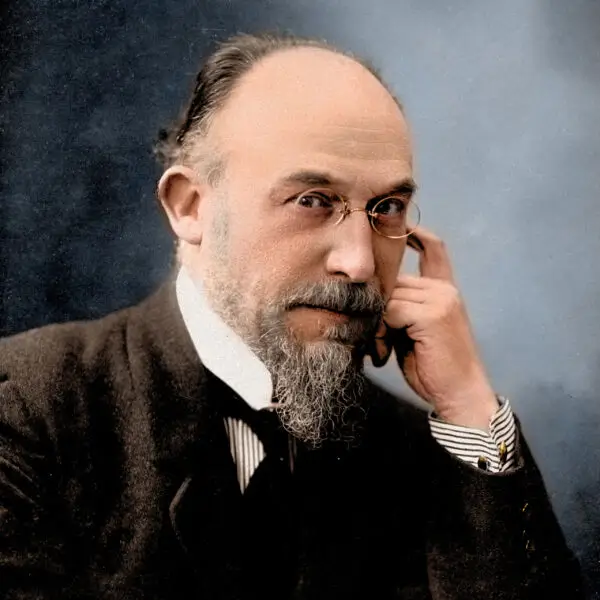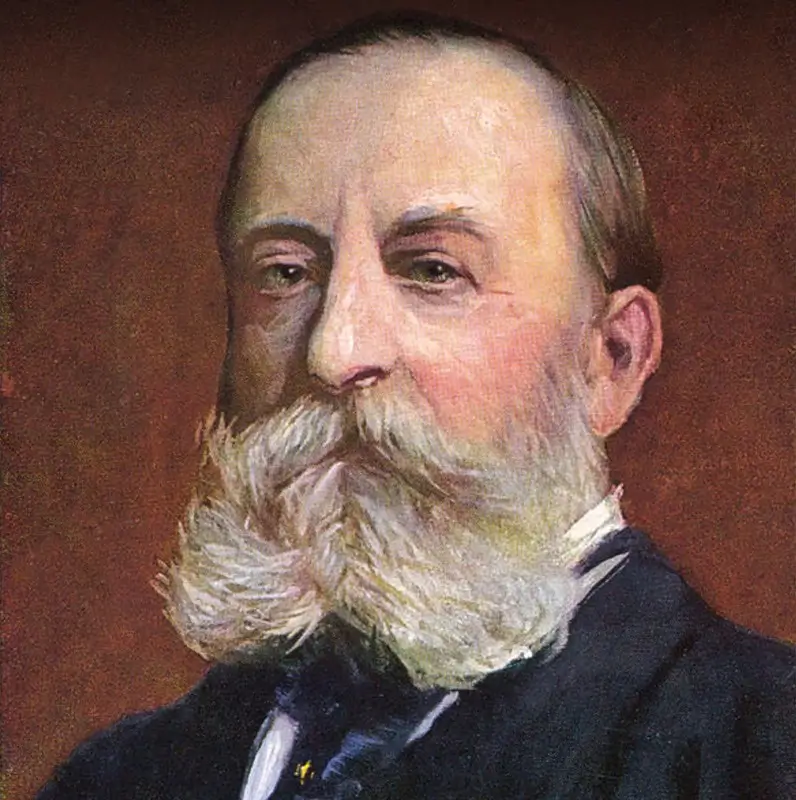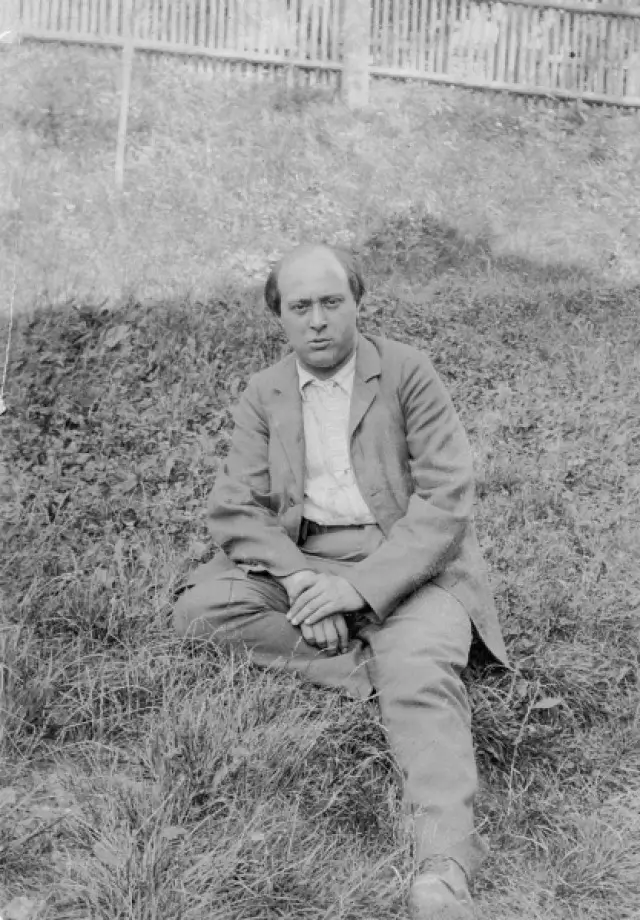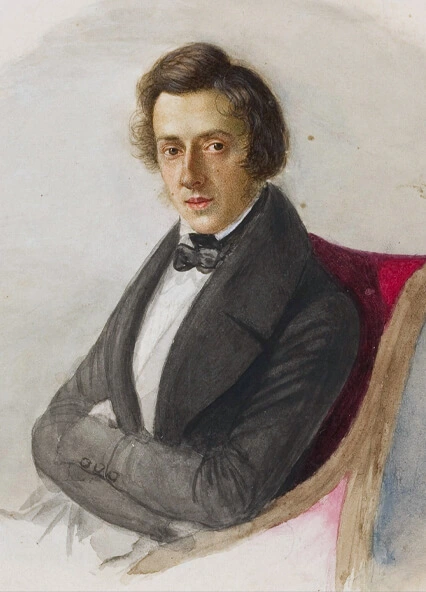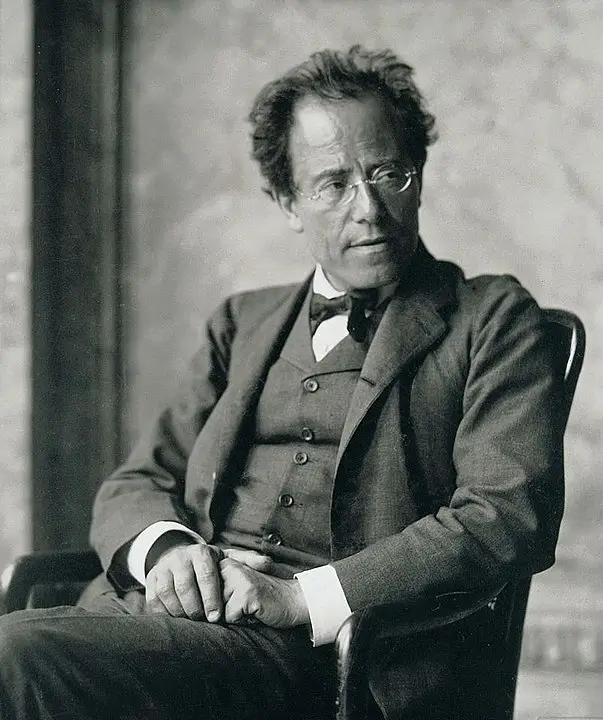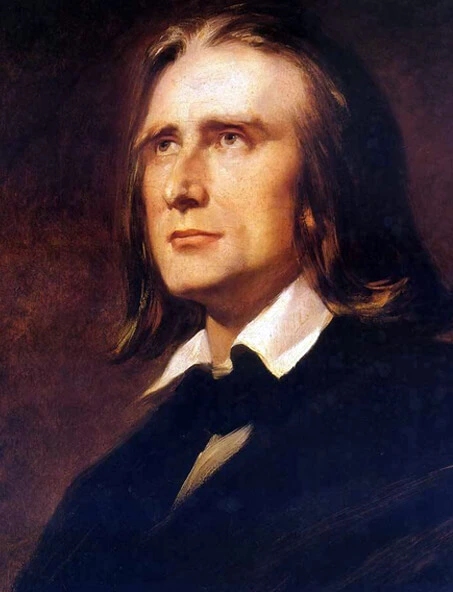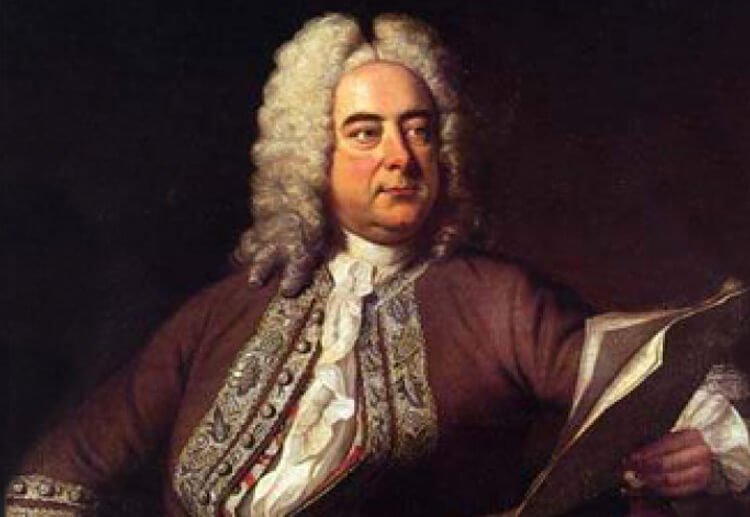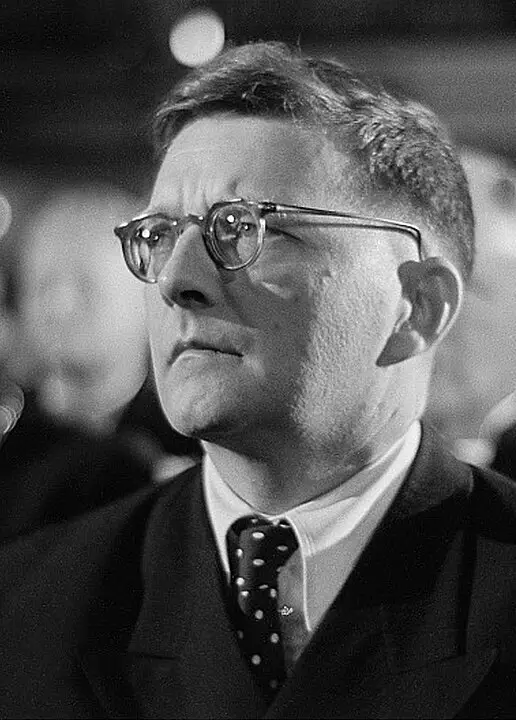Introduction
Erik Satie, born Éric Alfred Leslie Satie, was a French composer and pianist whose work and character left an indelible mark on the landscape of classical music. Known for his eccentricities and unique approach to composition, Satie’s influence extends beyond music, touching the realms of theatre, dance, and visual arts. His compositions, though often minimalistic and deceptively simple, have a depth that has captivated audiences and influenced musicians for over a century.
Early Life
Erik Satie was born on May 17, 1866, in Honfleur, Normandy, to a French father and a Scottish mother. His early life was marked by tragedy when his mother died when he was just six years old. Subsequently, he was sent to live with his grandparents. Satie’s early exposure to music came from his father, who was a music publisher, and his stepmother, who was a pianist, providing a nurturing environment for his musical interests.
Musical Training and Development
At the age of 12, Satie was admitted to the Paris Conservatoire. His teachers often described him as lazy and untalented, criticisms that seemed to affect Satie deeply but also helped forge his disdain for traditional institutions and methods. After a brief and unsatisfactory stint at the conservatory, he chose to educate himself musically by immersing himself in the vibrant cultural life of Paris.
Major Works and Compositions
Satie’s compositions include piano pieces, ballets, and an array of avant-garde works. Perhaps his most famous compositions are the ‘Gymnopédies,’ a set of three piano pieces that exemplify his unique approach to form and harmony. Other notable works include ‘Gnossiennes,’ ‘Socrate,’ and ‘Parade.’ His music often eschews the grandiose in favor of simplicity and has been described as ahead of its time, anticipating developments in minimalist music.
Connections to Other Composers
Satie was at the center of Parisian artistic life during the early 20th century and collaborated with figures like Claude Debussy and Maurice Ravel. His approach and ideas influenced many, including the group of young composers known as Les Six. Furthermore, his work with Jean Cocteau and collaboration on the ballet ‘Parade’ with Pablo Picasso showed his willingness to cross artistic boundaries.
Character and Philosophy
Satie was known for his peculiar habits and sardonic sense of humor, which permeated his music and personal life. He referred to himself as a “phonometrician,” meaning “someone who measures sounds,” humorously suggesting a scientific approach to music. Satie was also a member of several esoteric societies, which influenced his mystical and surreal compositions.
Life in the City Where Erik Satie Lived
Paris, during Satie’s lifetime, was a hub of artistic innovation. Living in Montmartre, Satie was at the heart of this whirlwind. His residence, famously cluttered with hoarded objects and manuscripts, was a reflection of his mind – full of ideas, whims, and unorthodoxies. Montmartre’s bohemian spirit was a perfect match for Satie’s unconventional life and works.
Death and Legacy
Erik Satie died on July 1, 1925, from cirrhosis of the liver after years of heavy drinking. His death marked the end of an era but the beginning of a lasting legacy. Satie’s music has grown in popularity, influencing not only classical composers but also jazz musicians and popular music artists. His ideas about music and art, encapsulated in his writings and compositions, continue to inspire and provoke.
Conclusion
Erik Satie was more than just a composer; he was a visionary who redefined the boundaries of music. His legacy is not just in the notes he wrote but in the creative freedom he embodied. His life and works remain a testament to the power of breaking with tradition and embracing the unconventional. Satie’s influence on music and culture is a reminder that art is not just about creation but also about challenging perceptions and exploring new territories.

